Updated July 31, 2025.
If the Bahamas is on your cruising itinerary, pay attention: Starting July 1, 2025, a sweeping new law goes into effect that could change the way you sail, anchor, and check in to the island paradise. The Port Authorities (Amendment) Bill brings updated rules and new fees aimed at improving safety, protecting marine environments, and streamlining how visiting boats are tracked and processed. Here’s what you need to know before casting off.
CONTINUED FROM NEWSLETTER:
AIS Now Required - Always
The biggest universal change? All vessels above 50 ft must have their AIS (Automated Identification System) on at all times while in Bahamian waters. That includes when you’re docked, underway, or just passing through. Miss this requirement and you could be looking at a $1,000 fine. So, double-check that your AIS is installed, working, and transmitting before you enter Bahamian territory. Owners without AIS equipment will have to retrofit vessels to comply.
Cruise the Bahamas Often? The New FDCC Might Be for You
Regulation 89B has been inserted into the principal regulations in the new bill, stating that the comptroller may issue a Frequent Digital Cruising Card (FDCC) when an application is submitted and processed under regulations 90, 91(3), (5) and (6), 91B and 92. Think of it as a fast pass for pleasure vessels. Once approved, the FDCC allows unlimited entries over a two-year period. You’ll still need to report to Customs on arrival, but you’ll be issued a Pleasure Craft Request (PCR) number to streamline future visits.
FDCC Fees (valid for 2 years from issuance date):
- Boats not exceeding 50 feet: $1,500
- Boats exceeding 50 feet but not exceeding 100 feet: $2,500
- Exceeding 100 feet: $8,000
This does not cover payable custom fees such as Attendance & Travel Expenses or overtime and travel with regard to the attendance of an Immigration Officer.
Subscribe Here For More Boating Content
Here’s the New Permit Breakdown for Shorter Stays
If you’re only visiting once or twice a year, the traditional temporary cruising permit is still available, but Regulation 91 of the principal Regulation is amended in the new bill, with higher fees as follows:
- Boats not exceeding 50 feet: $500 (12 months)
- Boats exceeding 50 feet but not exceeding 100 feet: $1,000
- Exceeding 100 feet: $3,000
These fees include cruising permit fees and attendance fees for both Bahamas Customs and Immigration Officers.
Each permit now covers re-entry within 30 days. If you’re towing a large tender (over 25 feet), there’s an additional $500 fee. And if you’re carrying more than three non-resident passengers over age 6, there’s a $20 tax per person.
Fishing in Bahamian waters? Those permits now cost:
- Boats not exceeding 50 feet: $100
- Boats exceeding 50 feet: $300
Also Read:
Sport Express Cruiser Buyers’ Guide: 22 Standout Boats Going Into 2026
Performance and power come together in 22 versatile vessels. Quick Facts Coverage: 22 sport express cruisers across cats,...
Fees for Anchoring Outside a Marina
If you like to drop anchor off a quiet cay instead of paying for a marina slip, be aware of new anchorage fees:
- Boats not exceeding 50 feet: $200
- Boats exceeding 50 feet but not exceeding 100 feet: $350
- Exceeding 100 feet: $1,500
These apply if you’re not moored at a licensed marina, and they’re meant to help fund infrastructure and environmental protection efforts.
Cruising to The Bahamas: Bottom Line
The Bahamas is making big moves to modernize and protect its waters, resulting in more paperwork—and fees—for boaters. Whether you’re a seasonal cruiser or just planning a one-time adventure, make sure you’re up to date before you head south. And don’t forget to turn on your AIS.
You can read more details directly from the Bahamas here.


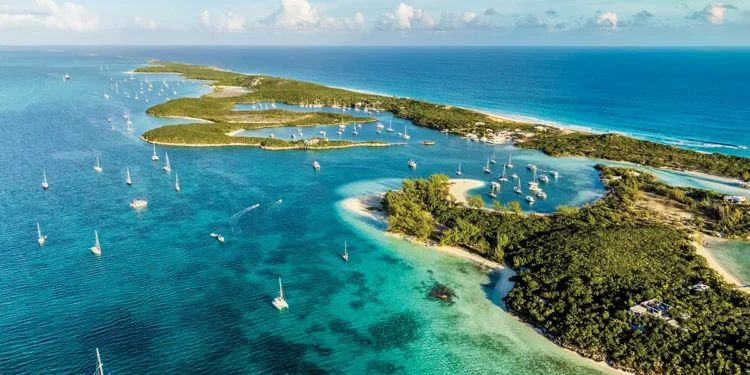

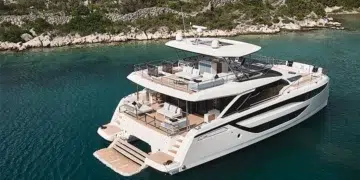



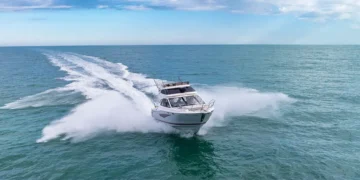





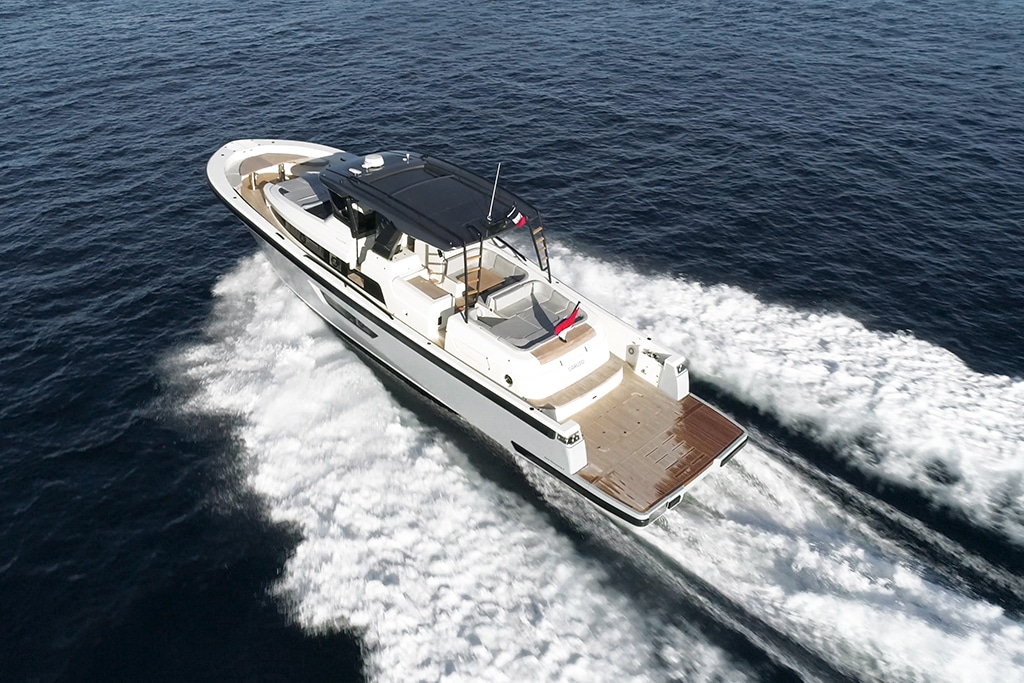
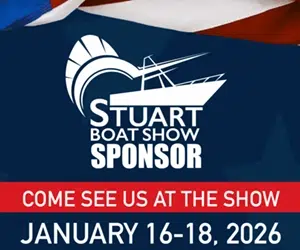







They have amended the AIS requirement for vessels 50ft and longer.
AIS requirement is only for watercraft 50 ft and above.
The new Bahamian entry and mooring fees will limit the number of boaters navigating to the Bahamas. The new fees will surely limit the revenue of businesses. The Bahamian government is not encouraging biaters to visit their beautiful country.
The AIS rule is for 50″ and higher.
If you are in South Florida go to The Key’s where the people do not hate you and spend Money in The US….
As a 40 year veteran captain, Bahama’s will not be in my schedule, we already support them and they think they can keep putting it to outside vessel’s and owners . I help the owner decide where to travel, Bahama’s will be in the rear view mirror. Lot’s of other place’s to go!
Watch what happens to the millions they are already receiving from outside vessels.
Captain Bill
People will continue to go to the Bahamas as usual, all of the complaints about the new fees are senseless, considering the abuse boaters have been doing for years throughout the islands. Remember, the Bahamas belong to the Bahamians, you are simply a guest, so act like it and maybe they want raise the fees again next year. This includes not overfishing, not damaging their Coral Reefs, not polluting the waters, respecting their people, etc. I lived in the Bahamas for over seven years and spent over 25 years running yachts through their waters, I’ve seen the abuse first hand, and it’s not a pretty sight. The Bahamas is a gift for anyone that goes there, everyone should treat as such.